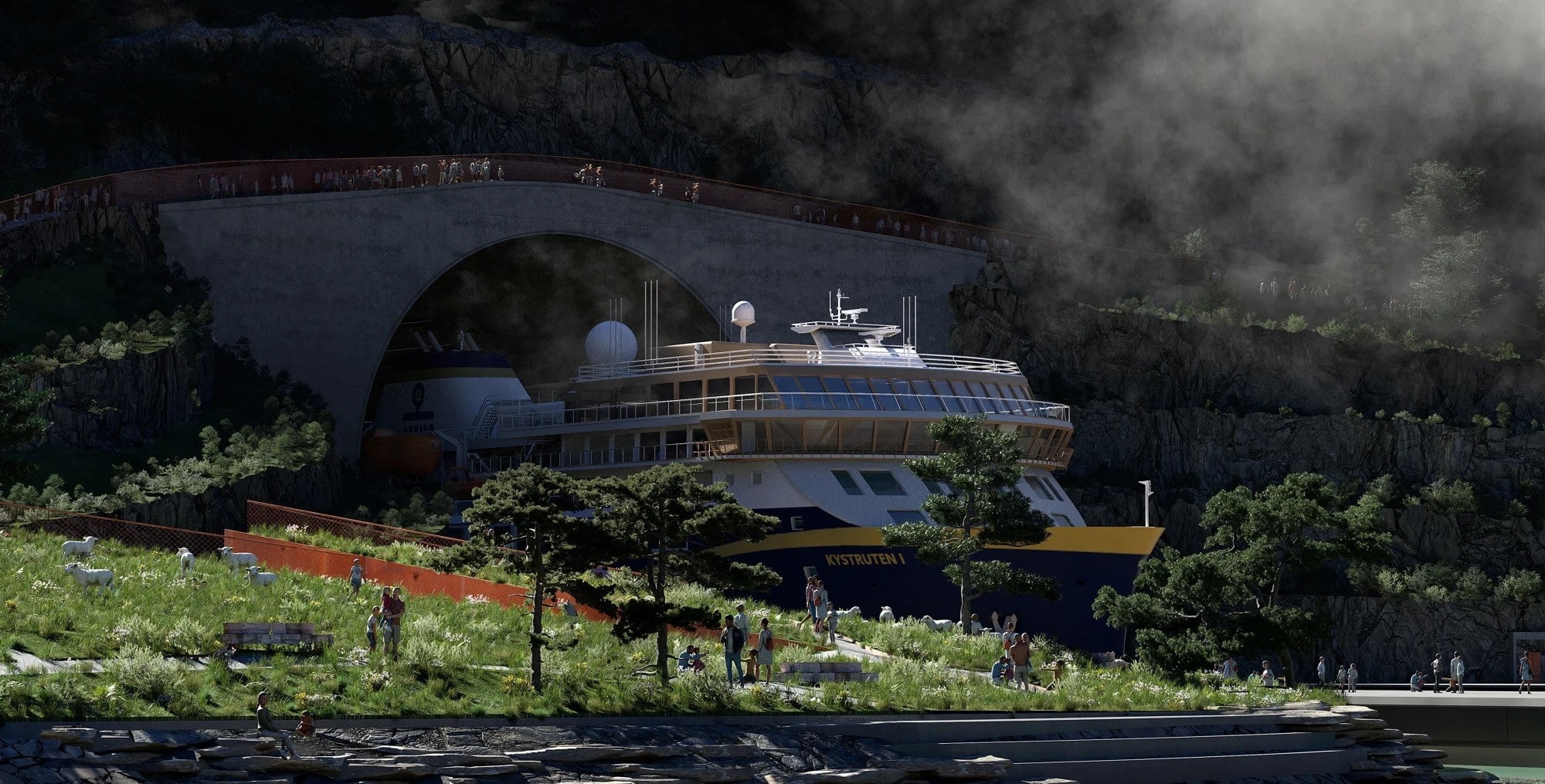Norway disqualifies Chinese bidders for $400m ship tunnel
Stad Ship Tunnel Bidding Narrows to Four Teams

The Norwegian Coastal Administration has reduced the number of bidders for the Stad Ship Tunnel project from six to four. This decision follows the disqualification of two Chinese consortia that failed to meet prequalification standards. The remaining teams are vying for a $400 million contract to construct a 1.7-kilometer canal-tunnel designed to help ships navigate around the challenging Stadlandset peninsula.
Remaining Bidders and Project Details
The four teams still in contention for the Stad Ship Tunnel project include a joint venture between Skanska from Sweden and Norway’s Vassbakk og Stol, AF Gruppen Norge from Norway, Eiffage Civil Engineering from France, and a joint venture between Spain’s Acciona Construcción and Norway’s Bertelsen og Garpestad. The two Chinese consortia that did not qualify were a collaboration of PowerChina, Sichuan Road and Bridge, and Sinohydro, as well as a joint venture involving subsidiaries of China Communications.
KMB is putting out a global tender to develop port of Pavinakurve
The Norwegian Coastal Administration stated that the disqualified teams lacked the necessary experience in complex projects, particularly in areas involving hard rock injection and the design and execution of water and frost protection. The remaining bidders will participate in meetings next week to gather further information about the project, including a site inspection to better understand the construction environment.
Bids for the project are due by June 1, and the evaluation process may involve multiple rounds of negotiation. The administration aims to finalize the contract by autumn, with construction expected to start in 2026 and completion targeted for 2031. Cowi was appointed as the technical adviser for this ambitious project last year.
Tunnel Specifications and Impact
The Stad Ship Tunnel will be a significant infrastructure development, cutting through the mountainous inland section of the Stadlandset Peninsula on Norway’s west coast. Designed to be 26.5 meters wide and with a headroom of 33 meters, the tunnel is projected to accommodate between 70 to 120 ships daily. This project aims to enhance maritime safety and efficiency by allowing vessels to bypass the treacherous waters around the peninsula, which have historically posed risks to navigation.
The construction of the tunnel is expected to have a substantial impact on local shipping routes and the economy, facilitating smoother transit for maritime traffic in the region. As the bidding process progresses, stakeholders are keenly watching how the remaining teams will approach this complex engineering challenge.
